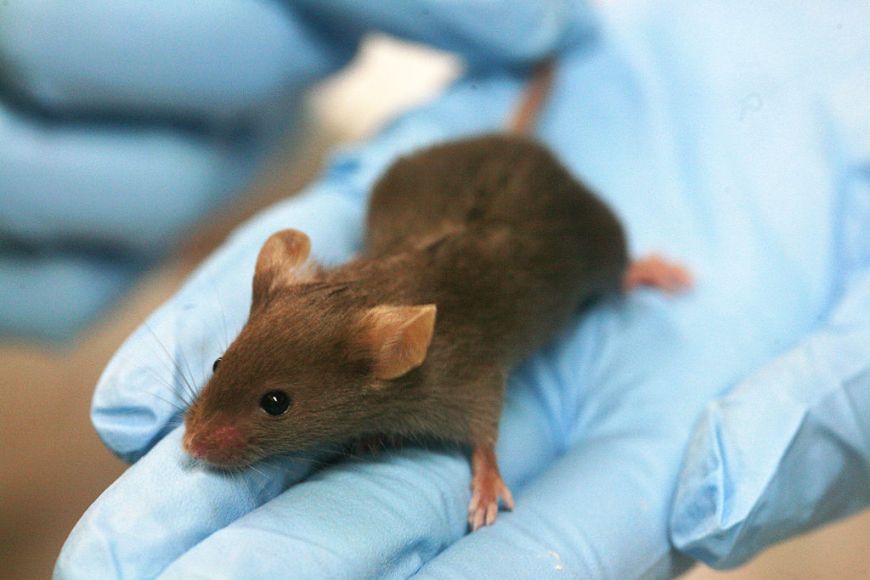Main protein for sensing touch identified in mammals

A close look at how mice respond to touch has helped scientists pinpoint the protein that makes mammals feel the sensation.
Rama/Wikimedia Commons (CC BY-SA 2.0 FR)

A close look at how mice respond to touch has helped scientists pinpoint the protein that makes mammals feel the sensation.
Rama/Wikimedia Commons (CC BY-SA 2.0 FR)